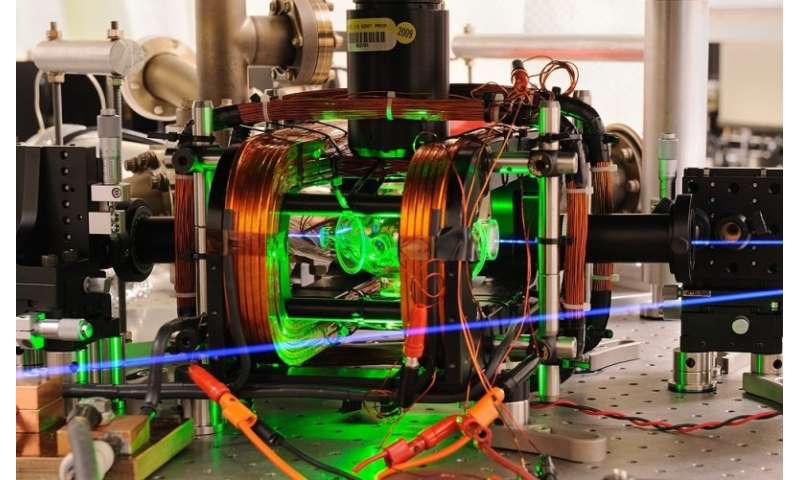Nanoscale super-resonator extends light lifetime

Scientists designed the first subwavelength dielectric resonators for light trapping at the nanoscale that appears to be the simple silicon cylinder hundred times thinner than a human hair. Such a structure is capable to trap light ten times longer than any conventional resonator. Along with a simple shape and small size, it makes this new resonator a promising basis for a design of powerful nanolasers, biosensors, and various light transmitting devices. The results were published in Physical Review Letters.
One of the most important tasks of the modern optics is to localize light inside a photonic system. For this purpose, usually resonators based on metals and dielectrics are used. A key feature of these devices is how long light wave spends inside the system before being emitted. Scientifically, this time can be called lifetime of optical mode. Since metals have free electrons, metallic resonators possess strong losses which limit applications of photonic devices.
Researchers from ITMO University, the Ioffe Institute and the Nonlinear Physics Center at the Australian National University have discovered a new way to improve the efficiency of optical resonators. This can be achieved by creating a structure where incoming light produces two waves of the same frequency yet different phases. In such a case, destructive interference occurs suppressing outcoming light waves and thereby preventing light escaping from the system. "In conventional resonators, trapped light tends to damp gradually due to radiation or material absorption. However, once interference occurs, the radiation escape becomes impossible, so that we can trap light for a long time. We call such states bound states in the continuum," says Dr. Mikhail Rybin, Senior Fellow at the Department of Dielectric and Semiconductor Photonics of ITMO University.
Theoretically, the bound states in the continuum can exist only in infinitely long resonators made of non-absorbing materials. Although currently there is no way of creating an infinite structure, scientists managed to get closer to this idea. Researchers identified the resonator parameters which make the light lifetime similar to one predicted for an infinite model. This goes on until the restrictions related to the final structure and absorption of the material come into force. "Our resonator does not allow to capture the light permanently as it does not provide an ideal interference. However, we can significantly suppress the energy leakage and therefore keep the light ten times more efficiently than conventional resonators of comparable sizes," explains Dr. Mikhail Rybin.
Such an effect may be observed in a simple silicon cylinder with a certain ratio of the height to radius. The cylinder size can reach four hundred nanometers which is less than visible spectrum wavelengths. According to the authors, the small size will be beneficial for the construction of miniature lasers on microchips and optical sensors with high precision. "For its functioning a laser needs the light to be repeatedly passed through the same atom. The better resonator is, the less light emitting atoms we need. The smaller it is, the more light sources can we place on an optical chip. In this way, a laser becomes more powerful, while technology of its construction becomes easier. Same applies to various antennas and sensors," says Yuri Kivshar, Research Director of the International Center for Nanophotonics and Metamaterials of ITMO University and Distinguished Professor of the Australian National University. "Among other applications, we consider frequency conversion processes and even night vision. We can cover glasses with a layer of such resonators making the world visible in the dark."
More information:
Mikhail V. Rybin et al, High- Q Supercavity Modes in Subwavelength Dielectric Resonators, Physical Review Letters (2017). DOI: 10.1103/PhysRevLett.119.243901
Provided by ITMO University